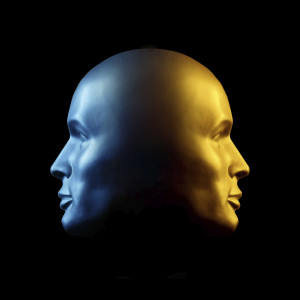 The wintery month of January is named after the Roman god Janus. Janus had two faces, one that looked back and one that looked forward. Similarly, this time of year invites introspection – reflection on things past and anticipation of things yet to be. In honor of Janus, I look back and forward.
The wintery month of January is named after the Roman god Janus. Janus had two faces, one that looked back and one that looked forward. Similarly, this time of year invites introspection – reflection on things past and anticipation of things yet to be. In honor of Janus, I look back and forward.
Movement study is not recognized as a discipline in its own right. But someday it will be, thanks to the vision of remarkable people whose work and teachings have laid a foundation for the study of human movement. One of these is Juana de Laban.
I met the formidable Dr. de Laban in 1972, when I transferred as an undergraduate to Southern Methodist University. Dr. de Laban ran the graduate dance program and taught the undergraduate courses in dance history. I had just encountered the work of Rudolf Laban at a dance festival the previous summer. So, plucking up my courage, I approached Dr. de Laban after the first class and inquired if she were related to Rudolf Laban. “I am his daughter,” she replied with great dignity.
Dr. de Laban was imposing, but not unapproachable. By gradual increments we became friends. She listened tolerantly to my wild ideas, hopes, and aspirations. More importantly, she helped me and all her students see beyond our narrow notions of dance.
For example, in one of the first dance history classes, she showed films of trance dance. I remember particularly the Holy Ghost people in the Appalachians, who pass into trance and handle rattlesnakes, as well as a Greek ritual that involved walking across hot coals. These examples awakened me to the potential power of movement.
On another occasion, Dr. de Laban persuaded several graduate students to put together an informal concert of ethnic dance. Philippine and Japanese dances were performed, along with an Australian aboriginal dance in which I participated. This opened a window on the world beyond the departmental offerings, which were limited to Graham technique, ballet, and jazz.
Finally, Dr. de Laban demanded that her undergraduate history students be scholars as well as dancers. Term paper topics were not to be chosen lightly, but vetted in conference with her in a shadowy, book-lined office. Few of us undergraduates appreciated her stature as a dance and theatre scholar, for she led by quiet example. At the time, I certainly did not aspire to be a scholar. But I see now that the term papers I wrote for Dr. de Laban planted a seed. Retrospectively, I honor her.
